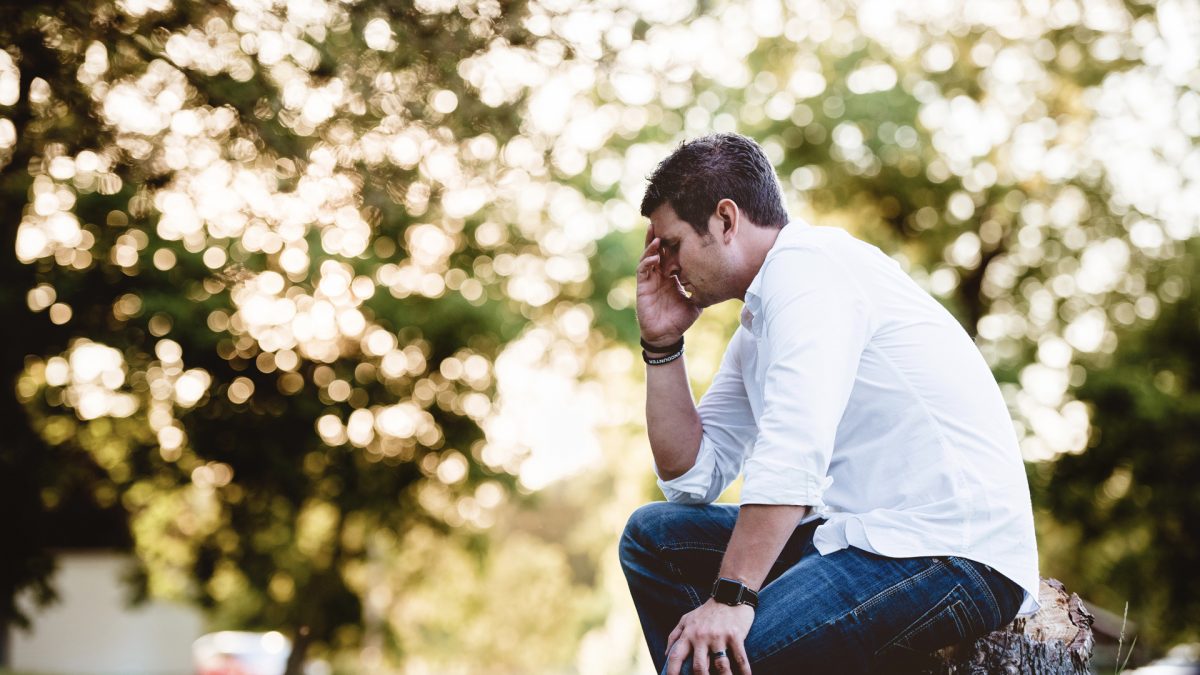Syncope, otherwise known as fainting, is the sudden, brief loss of consciousness caused by diminished blood flow to our brain. About one in five people experience this at least once, and about one in ten may have repeated episodes of syncope, causing millions of emergency room visits and hospitalizations. Though fainting can be caused by heart problems, it is most often triggered simply by vasovagal reactions, such as standing (because blood pools in our legs) or strong emotions. “Under certain circumstances, such as blood donation, syncope has important medical and societal significance” as fainting may, for example, prevent donors from wanting to give blood again. Indeed, more than 150,000 people experience fainting or near-fainting spells each year when they donate blood.
Speaking of the medical and societal significance, what about fainting while driving? It goes without saying that losing consciousness while driving can pose a serious threat to both the patient and society. Of a group of individuals getting tested for syncope, 9 percent reported they had lost consciousness while driving.
When syncope happens repeatedly, drugs and surgery are used, such as installing a pacemaker. But such “therapy is expensive, efficacy is questionable, and adverse effects are common.” In fact, “results of most drug treatment trials have been disappointing” and the “value of implanting pacemakers has been repeatedly questioned, and now there is evidence of their lack of effectiveness.” So, what do we do?
According to one study, “In Italy, the older generation of general practitioners advised patients prone to fainting to carry a wooden egg (used in the old days for darning socks) and to apply muscle tension by gripping the wooden egg forcefully as soon as a faint was imminent.” These folklore stories inspired an Italian cardiologist to apply arm muscle tensing to combat vasovagal fainting, but it had not been put to the test until recently.
About a minute before losing consciousness, most people about to faint experience so-called prodromal symptoms—that is, they feel dizzy, queasy, or break out into a sweat, signaling they are just about to blackout. When that happens, there are a number of maneuvers shown to successfully abort the impending episode. One is called isometric arm counter-pressure, where you grip one hand in the other and exert pressure, trying to pull apart your arms, and continuing to do so until the symptoms go away. How successful is it? Patients were shown how to do it and reported it was successful 99 percent of the time. Safe and effective, isometric arm counter-pressure is proposed to be the new first-line treatment for those who start to feel faint. You can see a picture of this move in my video How to Prevent Fainting.
Leg crossing and muscle tensing have also been shown to work. You cross your legs and squeeze them together as you tense your leg, stomach, and butt muscles. Safe, inexpensive, and effective, no wonder researchers propose having patients try this before having a cardiac pacemaker surgically implanted. Squatting is another maneuver if all else fails.
Is there anything we can do to prevent the symptoms in the first place? Do we have to wait until we’re dizzy, clammy, and nauseated? Well, also cheap, safe, and effective, simply drinking water can prevent fainting. If you know that needles, for example, make you woozy, five minutes before you get stuck, chug down two cups of water, which can dramatically stabilize blood pressures within minutes in people who are predisposed to fainting, and it has similar effects in normal healthy adults.
“The fact that acute ingestion of water exerts such profound effects may be exploited” by blood donation programs to help prevent people from fainting. It is also the current recommended treatment for so-called blood, injury, or injection phobia, which is actually pretty common, affecting about 1 in 25 people, 75 percent of whom “report a history of fainting in response” to needle sticks. The problem is not just that they won’t donate blood. Avoiding anything related to blood, injury, and injections could pose a particularly serious threat if people neglect to seek medical care when necessary. However, all one may need to do is preload with two cups of water. “The knowledge that such simple self-help maneuvers are readily available and could be lifesaving should prove valuable and helpful in everyday life.”
Quench your curiosity about proper hydration with these videos:
- How Many Glasses of Water Should We Drink a Day?
- Does a Drink of Water Make Children Smarter?
- Can Dehydration Affect Our Mood?
- Treating Dry Eye Disease with Diet: Just Add Water?
- Club Soda for Stomach Pain and Constipation
In health,
Michael Greger, M.D.
PS: If you haven’t yet, you can subscribe to my free videos here and watch my live, year-in-review presentations:
- 2012: Uprooting the Leading Causes of Death
- 2013: More Than an Apple a Day
- 2014: From Table to Able: Combating Disabling Diseases with Food
- 2015: Food as Medicine: Preventing and Treating the Most Dreaded Diseases with Diet
- 2016: How Not To Die: The Role of Diet in Preventing, Arresting, and Reversing Our Top 15 Killers
